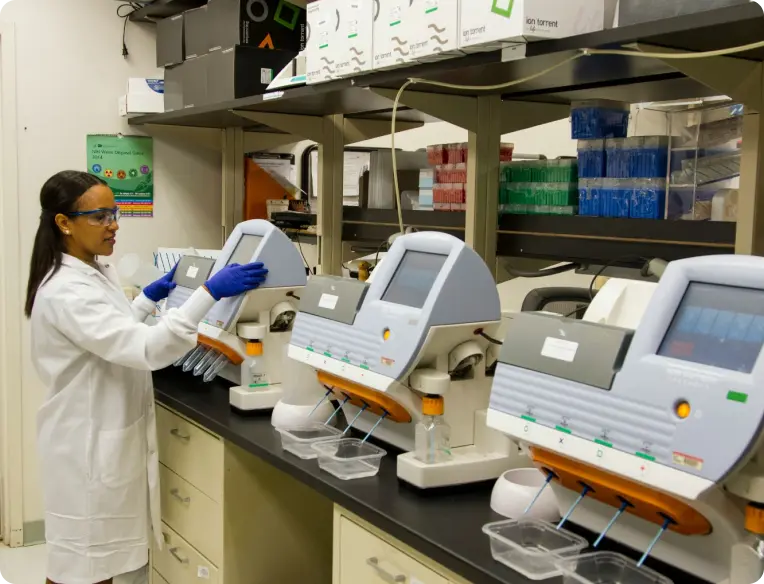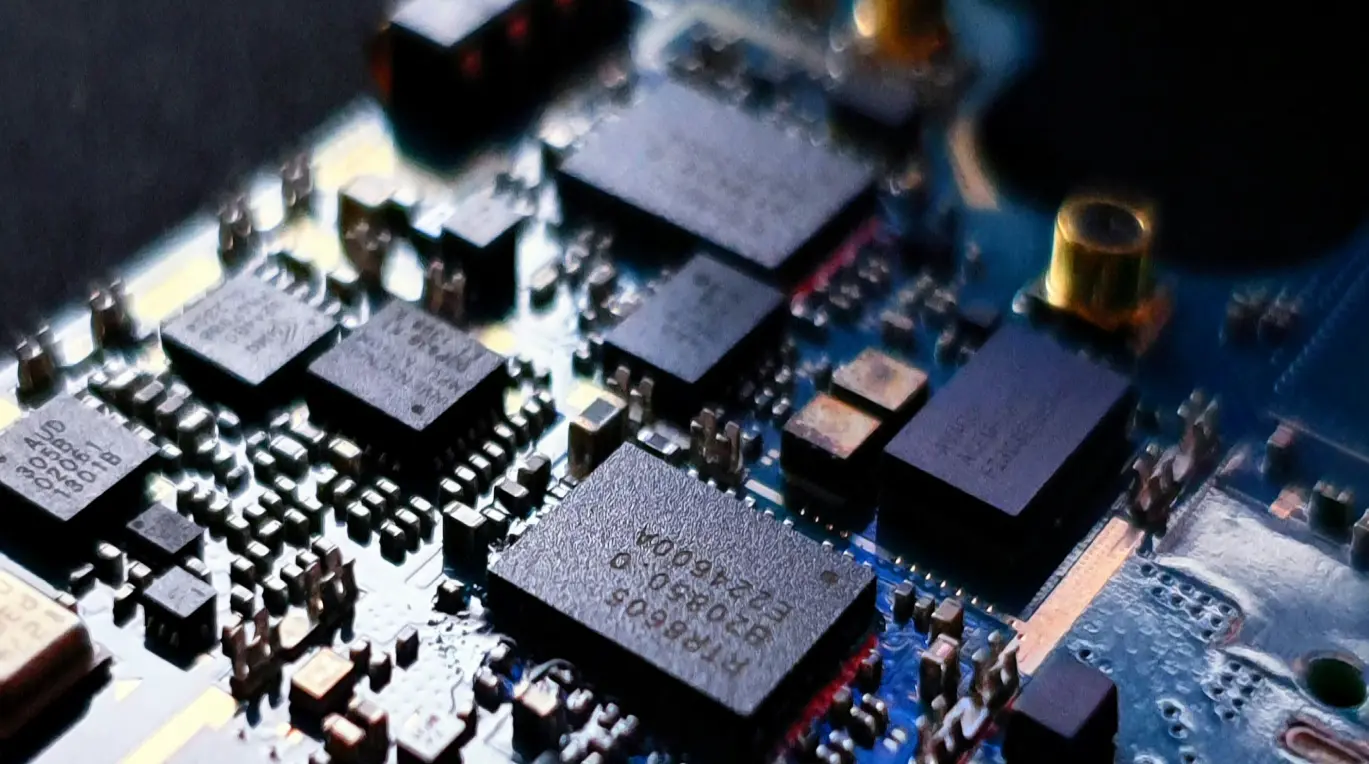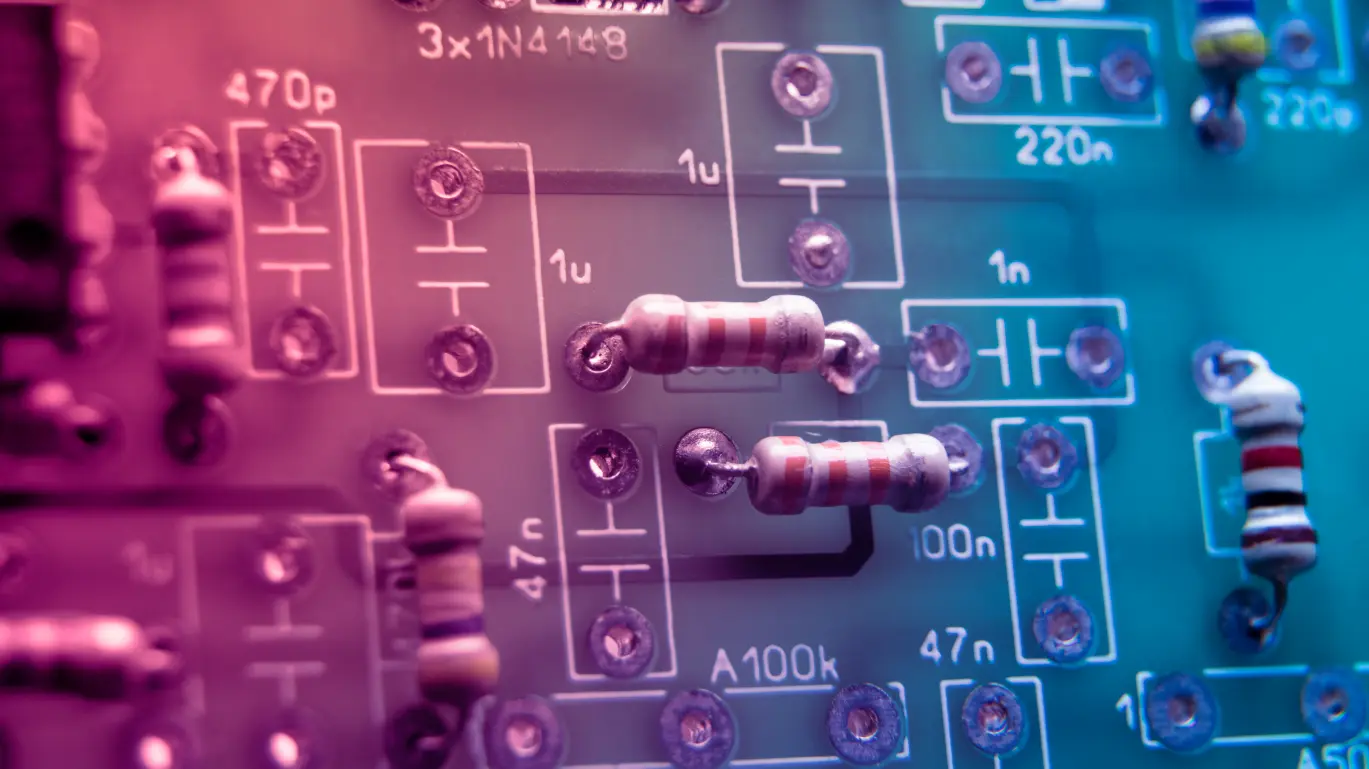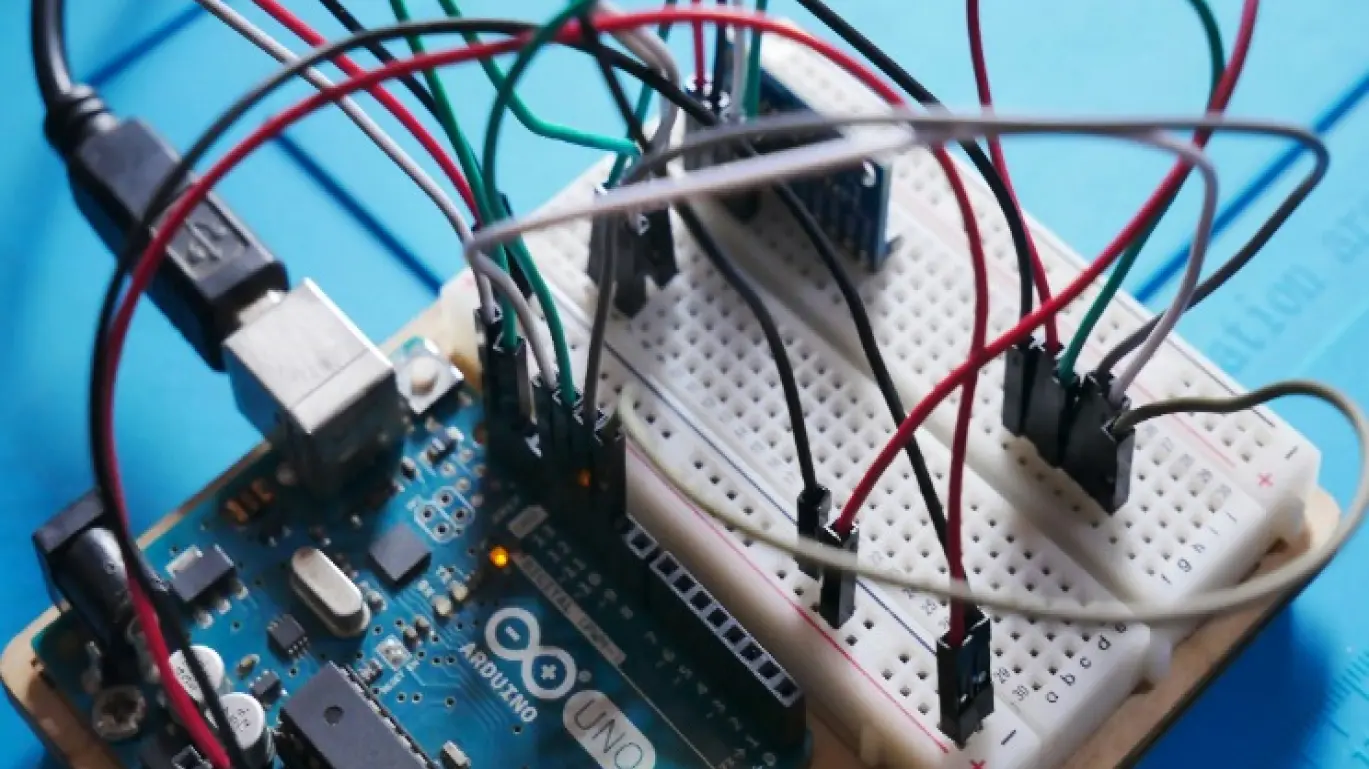Let’s explore top nine most common uses for printed circuit boards across various industries.
Consumer Devices
From smartphones, tablets, laptops, cameras, and gaming consoles, PCBs enhance user experience daily. PCBs provide the structural foundation and electrical connectivity for a range of devices, enabling them to function reliably and efficiently.
In smartphones and tablets, PCBs facilitate the integration of processors, memory chips, sensors, and other components. These types of devices typically need high functionality and compact design.
PCBs are the main circuit boards or motherboards in laptops and computers, providing connectivity for various components, including CPU, GPU, RAM, storage drives, and interfaces. In entertainment systems and gaming consoles, PCBs need to incorporate gaming processors, graphics processors, memory, storage, and networking capabilities.
As you can see, PCBs play a crucial role in the consumer electronics landscape, and as consumers demand more and more functionalities, PCBs will continue to become more and more advanced.
Automotive
Modern manufacturing is becoming more dependent on automation to keep up with demands while ensuring consistency. Systems for controlling and monitoring machinery, sensors, actuators, or robots are becoming mainstays in factories around the world and will continue to do so as the industry evolves. PCBs facilitate processes in manufacturing and assembly lines, which improves efficiency and productivity.
Renewable Energy
Renewable energy systems, such as solar power inverters, wind turbine controllers, battery management systems, and grid-tied inverters, depend on PCBs to enable efficient power conversion, control, and monitoring. As renewable energy use increases and functionalities become even more multi-fold, PCBs will be the conduit for these advancements.


Telecommunications
We all depend on telecommunications infrastructure to stay connected, and telecommunications networks rely heavily on PCBs. They act as communication hubs, routing data and signals across great distances. Networking equipment such as routers, switches, modems, and base systems use PCBs to enable data transmission, signal processing, and networking functionality.
IoT devices
PCBs are becoming increasingly essential in connected devices such as smart home appliances, environmental sensors, industrial IoT systems, and IoT gateways. PCBs allow for connectivity, data processing, and communication in IoT environments.
They are the foundation that allows all of the various components to communicate. The PCBs provide the electrical pathways for all the components in an IoT device to connect and exchange data. Some examples include smart thermostats for your home or wearable fitness trackers that collect data and transmit it wirelessly to a device.
Medical Devices
“>A wide range of medical devices, from wearable heart monitors and pacemakers to insulin pumps and imaging machinery, utilize PCBs for functionality. They allow accurate data collection, processing, and control in medical applications.
This category includes both small, wearable medical devices and diagnostic, hospital-level equipment. Electronics is an essential component of healthcare equipment, and PCBs allow for the necessary advancements and improvements in the healthcare and medical device industry.
Aerospace
The reliability of PCBs is paramount in the aerospace industry. PCBs are used in avionics systems, communication equipment, radar systems, navigation systems, missile guidance systems, and satellite payloads. As you can see, accuracy and reliability are key since failure could have disastrous consequences.
Maritime
PCBs are essential components in the electronic systems that power maritime vessels. They ensure safe navigation, efficient operation, and reliable communication at sea. For navigation-based uses, PCBs connect the various electrical components, process sensor data, and perform calculations to guide the ship.
While at sea, communication can be the difference between life and death; PCBs ensure clear signal transmission and reception, which can be especially important during emergencies. PCBs used for the maritime industry are usually made with special materials and coatings to withstand exposure to sea salt spray and extreme temperatures.
Test and Measurement Equipment
PCBs facilitate accurate measurement, analysis, and monitoring of electrical signals and parameters. This category overlays various industries as electronic uses for measurement and testing are nearly limitless.
PCBs form the foundation of test and measurement equipment used across multiple industries. They provide the necessary circuitry for signal conditioning, data acquisition, processing, interface management, and expandability.
By leveraging advanced PCB designs and technologies, test and measurement equipment can deliver accurate, reliable, and comprehensive measurement capabilities to meet the needs of researchers, engineers, technicians, and scientists.
PCBs highlight the intersection of innovation, precision, and functionality in electronics. They have revolutionized how we interact with technology and how electronics contribute to our daily lives.
Their versatility and capabilities make them fundamental to a range of applications, from the small devices in our pockets to the huge machinery driving manufacturing and industry. Technology will continue to evolve, and PCBs will provide the backbone and structure that enable the connections that power our world.
Elecaas is excited to be a part of these advancements. Check out www.elecaas.com for more information about how we can bring your ideas to life.



